By Lieutenant Colonel Dominic J. Caraccilo
To this day the First World War remains contested territory: people still care passionately about it and hotly dispute its causes, character, and its legacies,” write the editors of The Great War and the Twentieth Century, Jay Winter, Geoffrey Parker, and Mary R. Habeck. World War I set in motion profound changes that led not only to the dissolution of defeated empires but also to the collapse of an optimistic assumption of progress that had defined the 19th century. In The Great War and the Twentieth Century (Yale University Press, New Haven, Connecticut; 2000, 356 pp., notes, bibliography, index, $30 hardcover) leading experts provide a wide-ranging view of the events and characteristics that led to the war, and show it as a framework for understanding the whole 20th century.
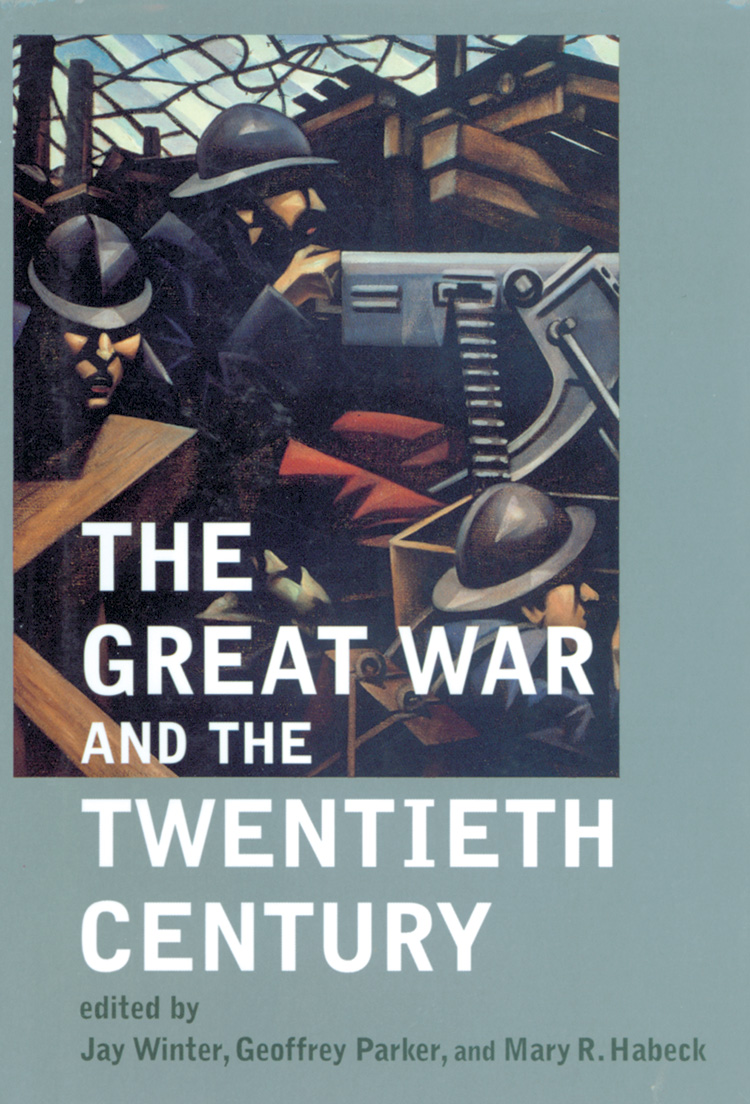 The book is the culmination of a series of 1994 lectures at Yale commemorating the 80th anniversary of the war’s outbreak.The essays are organized into three distinct parts: The Framework, The Waging of War, and The Shadow of War.
The book is the culmination of a series of 1994 lectures at Yale commemorating the 80th anniversary of the war’s outbreak.The essays are organized into three distinct parts: The Framework, The Waging of War, and The Shadow of War.
In the first part, Michael Howard, William C. Fuller, Jr., and David Stevenson address the clashes of civilization that formulated the genesis of the war. They delve into such areas as the Balkans and the varied alliances among the European countries.
Parts 2 and 3 explore the “totalizing” effects of the gigantic mobilization effort and the consequences to both the imperial system and international relations. The final essays examine the cultural aftermath.
Modris Eksteins, Gerald Feldman, William C. Fuller, Jr., Mary R. Habeck, Holger H. Herwig, John Horne, Michael Howard, A.S. Kanya-Forstner, Leonard V. Smith, Zara Steiner, and David Stevenson all provide essays that seamlessly lead one into the next.
In short, The Great War and the Twentieth Century is an aggregation of respected scholarly thought. It is expertly woven into a solid volume that transcends, as the editors write, the “war as accident” school of thought and addresses the deeper issues surrounding the commencement, execution and aftereffects of World War I.
Recent and Recommended
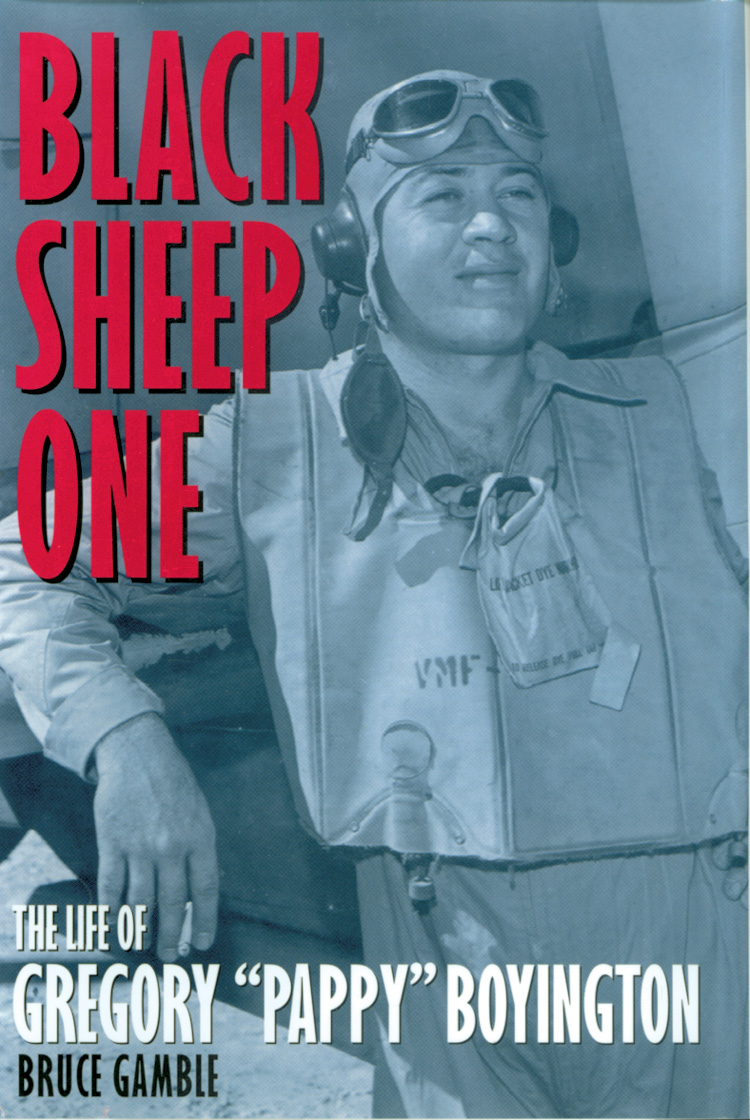 Black Sheep One: The Life of Gregory “Pappy” Boyington, by Bruce Gamble, Presidio Press, Novato, California, 2000; 452 pp., photographs, appendices, sources, and index; $29.95 hardcover
Black Sheep One: The Life of Gregory “Pappy” Boyington, by Bruce Gamble, Presidio Press, Novato, California, 2000; 452 pp., photographs, appendices, sources, and index; $29.95 hardcover
Critically acclaimed in advance, Black Sheep One: The Life of Gregory “Pappy” Boyington is the first biography of the legendary warrior. World War II hero Boyington, better known as “Pappy,” lived a tumultuous life, full of love, drink, and warrior spirit. Boyington struggled with despair and a failing Marine Corps tenure when he was recruited to fly in support of China in its war against Japan. Although he had only mixed success with the Flying Tigers, the Marine Corps grudgingly received Pappy back as a member of the air campaign in the South Pacific.
As the charismatic skipper of Marine Fighting Squadron (VMF) 214, Pappy led the famed Black Sheep, an impromptu fighting element, and became one of America’s most famous fighter pilots. Eventually he was the Marine Corps’ top-scoring ace and won the Medal of Honor. Following the war, Boyington faded from view until his autobiography Baa Baa Black Sheep became a best-seller in 1958. In the mid-1970s, a television series based on his book—starring Robert Conrad as Boyington—made Boyington a celebrity again.
Aviation historian and retired naval flight officer Bruce Gamble captures the essence of this infamous hero. Contentious and outspoken, Boyington was a magnet for controversy and was plagued by money problems, marital strife, scandal, unemployment, and alcoholism. This long-awaited biography offers balance to the full life story of this true American original.
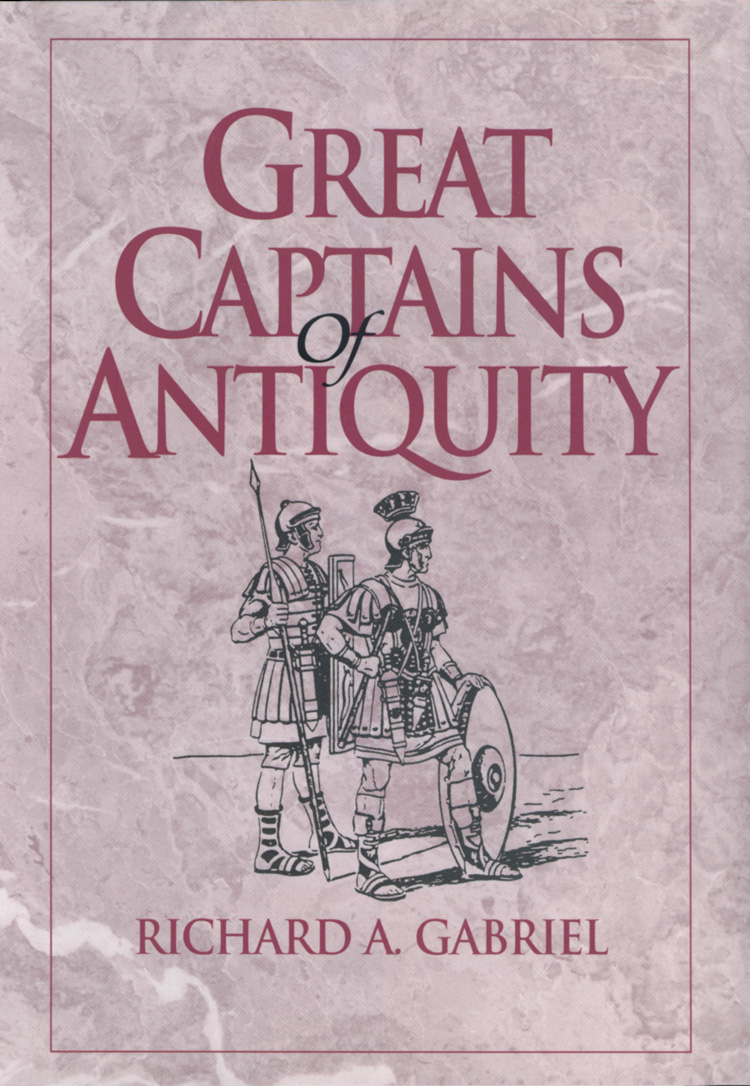 Great Captains of Antiquity by Richard A. Gabriel, Greenwood Press, Westport, Connecticut; 2001, 242 pp., maps, illustrations, notes, bibliography, and index; $64.95 hardcover
Great Captains of Antiquity by Richard A. Gabriel, Greenwood Press, Westport, Connecticut; 2001, 242 pp., maps, illustrations, notes, bibliography, and index; $64.95 hardcover
Analysis of the “great captains” is not new to the exploration of warfare. Nonetheless, in Great Captains of Antiquity, author and historian Richard A. Gabriel expands the centuries of study by offering a detailed portrait of six of the greatest captains that ever lived. These significant portraits examine not only the shaping of the art of generalship but also, as defined by Gabriel, the human dimension of leadership in battle as it relates to the successful conduct of war.
Exploring the likes of Thutmose III of Egypt, Sargon II of Assyria, Philip II of Macedon, Hannibal of Carthage, Scipio Africanus of Republican Rome, and Caesar Augustus of Imperial Rome, Gabriel expands upon the groundbreaking work of B.H. Liddell-Hart by offering detailed portraits. With an eye to lessons for present-day leadership, Gabriel studies each leader and and his achievements against the background of their own times, upbringing, education, and the events that molded their characters.
Great Captains of Antiquity is an fine analysis of the traits of each leader and how these traits manifested themselves in the activities and achievements of each man. As such it offers a perspective on qualities essential for becoming a senior leader.
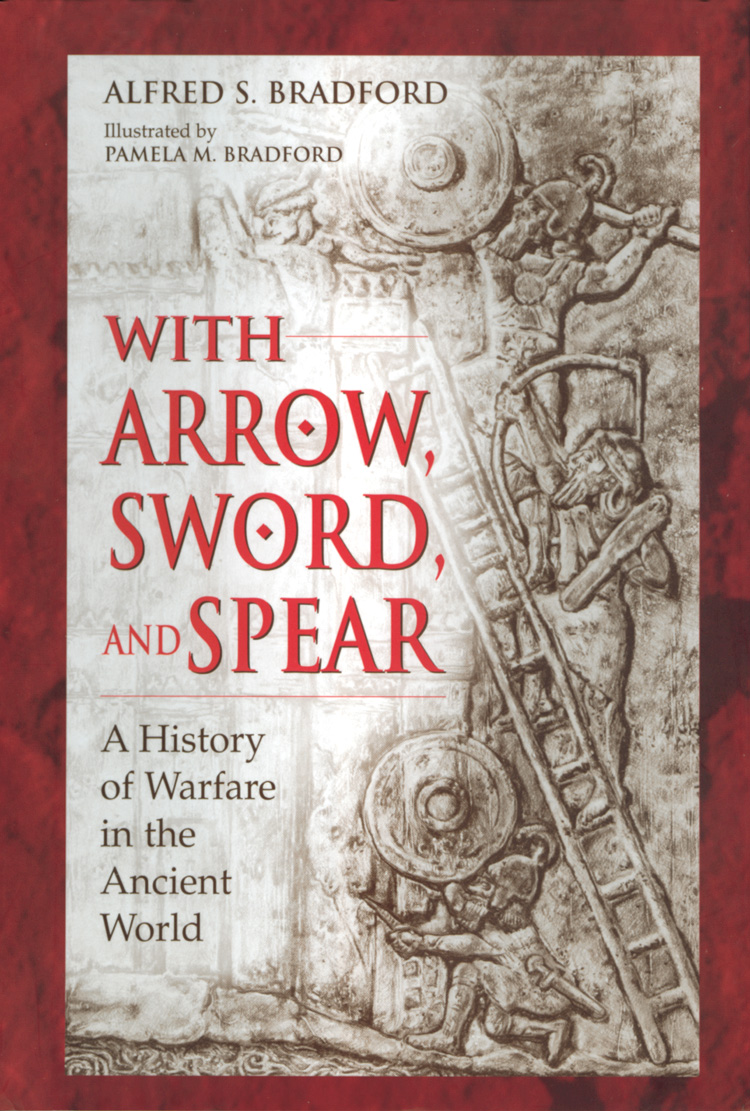 With Arrow, Sword, and Spear: A History of Warfare in the Ancient World, by Alfred S. Bradford, Praeger Publishers, Westport, Connecticut; 2001, 312 pp., maps, illustrations, bibliography, notes, index, $64.50 hardcover
With Arrow, Sword, and Spear: A History of Warfare in the Ancient World, by Alfred S. Bradford, Praeger Publishers, Westport, Connecticut; 2001, 312 pp., maps, illustrations, bibliography, notes, index, $64.50 hardcover
Bradford’s work is an all-inclusive study of ancient warfare with a flair for interest beyond the typical Greek and Roman analysis. It covers ancient warfare from the first civilizations to the fall of the Roman Empire in the West and the later Han in China. Better than similar efforts, it distinguishes among the combatants of each era.
Claiming to “analyze armies in terms of modern military doctrine,” it is also a chronicle that compares and contrasts ancient warrior clans and societies. Beginning with the Sumerian invasion of southern Mesopotamia in 3100 bc, running through such technological developments in Asia and Europe as the chariot, to the fall of Rome, this work is a compendium of knowledge on the rise and fall of empires, the role of leadership, and the development of tactics and strategy. Well illustrated and chronologically compartmentalized, Bradford’s study is the one source on ancient warfare that is capable of providing both contrast and explanation.
The Fredericksburg Campaign: October 1862-January 1863, by Victor Brooks, Combined Publishing, Conshohocken, Pennsylvania; 2000, 252 pp., illustrations, photographs, maps, orders of battle, and index, $27.95 hardcover
December 12, 1862, was a day the American Civil War could have ended. Union General Ambrose Burnside had devised a plan to cross the Rappahannock River and surprise Robert E. Lee’s overextended Army of Northern Virginia. It was a brilliant plan, perhaps the boldest stroke conceived during the war. No other general on either side of the American Civil War had the opportunity to end the war in a single day. Unfortunately, the plan for a river crossing in winter was overly ambitious, and by author Victor Brooks’ admission, Burnside was one of the unluckiest generals of the war.
Best known for the desperate charge of the North’s Irish Brigade and the gallant defenses of the Southerners, the Battle of Fredericksburg saw Burnside refusing to call off a doomed attack, instead feeding more troops into the slaughter. In the familiar style established by the Great Campaigns series, Brooks’ smartly compartmentalized work, set in well-written text and accompanied by intriguing sidebars, illustrations, and maps, is a fine addition to the history of this pinnacle battle.
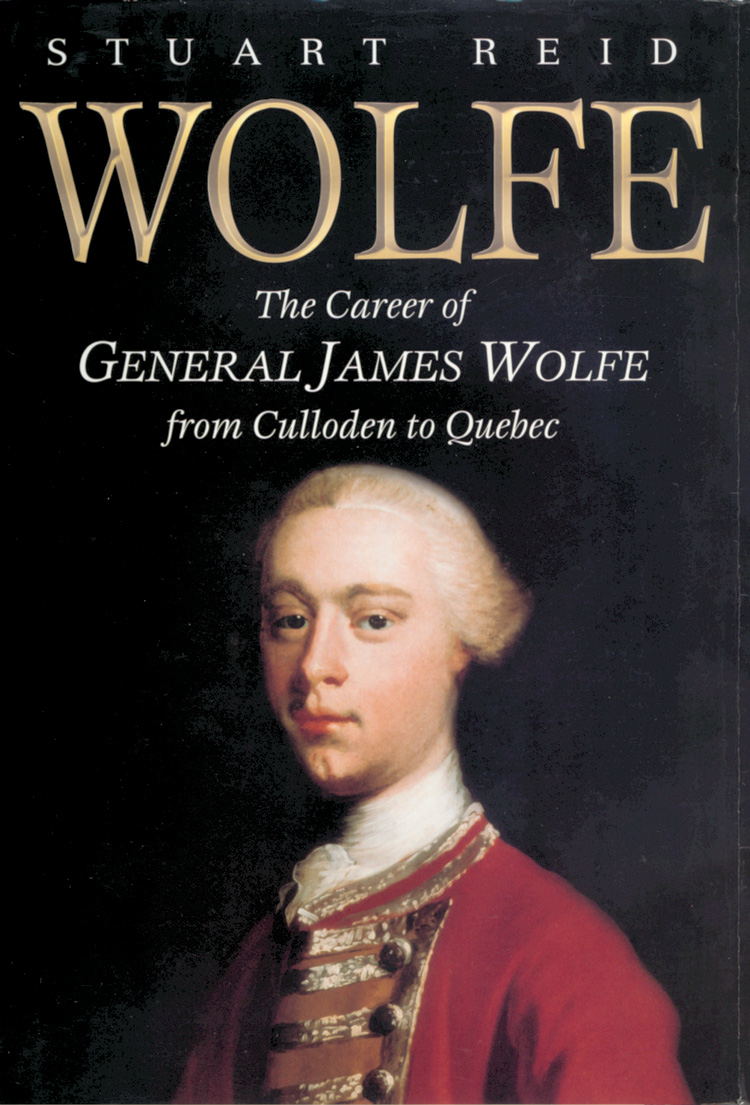 Wolfe: The Career of General James Wolfe from Culloden to Quebec, by Stuart Reid, Sarpedon, Rockville Center, New York; 2000, 224 pp., illustrations, photographs, tables, notes, bibliography, and index; $32.95 hardcover
Wolfe: The Career of General James Wolfe from Culloden to Quebec, by Stuart Reid, Sarpedon, Rockville Center, New York; 2000, 224 pp., illustrations, photographs, tables, notes, bibliography, and index; $32.95 hardcover
In the 1759 Battle for Quebec, the citadel controlling access to the St. Lawrence River, British General James Wolfe led a daring night offensive that, while leading to a British victory, cost Wolfe his life at age 32.Wolfe has been immortalized for that feat, but his efforts during his earlier life have far exceeded the accolades he has received for them. This first biography of Wolfe in over 50 years fills that void.
Reid’s biography provides an insightful look at the British Army of the mid-1700s, the formidable “Redcoats” the Americans themselves were soon to face. He also demonstrates that Wolfe was more than the “hero of Quebec.” In fact, Wolfe had an enormous impact on the British military.
The path Reid takes in composing this biography is to establish the mechanics of Wolfe’s career and how Wolfe endeavored to be in a position to become the hero at Quebec. Reid not only looks at the past, notably Culloden, where the Scotish Highlanders were defeated in their revolt against England, but also beyond Quebec with an eye to the battle’s effect on the distant American Revolution.
In Brief
Clausewitz and Chaos: Friction in War and Military Policy, by Stephen J. Cimbala, Praeger Publishers, Westport, Connecticut; 2001, 228 pp., tables, suggestions for further reading, notes, index, $65.00 hardcover
Clausewitzian fog and friction in war—no theory has been cited more and none has been more relevant to the underlying activities of military operations. “Failure and folly are inevitable in war” and, as author Stephen J. Cimbala points out, they are equally prevalent in the security policy related to war.
Cimbala, a professor of Political Science at Penn State University and noted author or editor of 18 works including, most recently, The Past and Future of Nuclear Deterrence, expertly applies the concept of friction to a number of 20th-century cases of war and policy making. More notably he applies it to the futuristic way of thinking about the use of combat arms.
With friction as the superimposing theme from which to view his topics, Cimbala very capably relates it to a myriad of meaningful areas: irrelevant and inflexible war plans; nuclear crisis management; Desert Storm; small wars, faux wars, and peace operations; deterrence; and policy making.
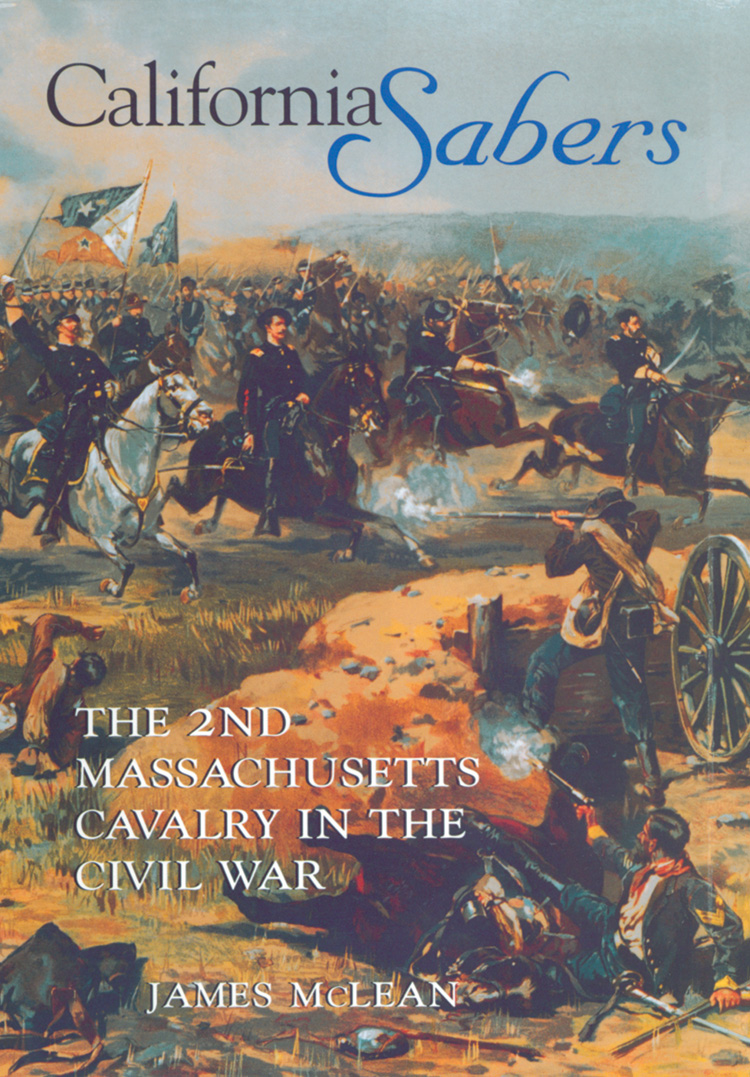 California Sabers: The 2nd Massachusetts Cavalry in the Civil War, by James McLean, Indiana University Press, Bloomington, Indiana; 2000, 341 pp., maps, photographs, appendices, bibliography, notes, index, $35.00 hardcover
California Sabers: The 2nd Massachusetts Cavalry in the Civil War, by James McLean, Indiana University Press, Bloomington, Indiana; 2000, 341 pp., maps, photographs, appendices, bibliography, notes, index, $35.00 hardcover
This scholarly work is a 20-year effort by James McLean to recover the story of the 2nd Massachusetts Cavalry. In short, California Sabers describes the California Battalion and Hundred, a group of 500 select men who were the only organized group of Californians to fight in the East during the Civil War.
As the 2nd Massachusetts, these men fought a bloody guerrilla war against the Confederacy’s “Gray Ghost” John S. Mosby, and then went on to battles across Virginia and finally to a defensive posture that blocked Lee’s army at Appomattox. Based on extensive research and with some insightful writing, the work is the first comprehensive history of this relatively unknown group and will be of great interest to Civil War enthusiasts and historians. McLean leaves no stone unturned when bringing this complete history to the public view.
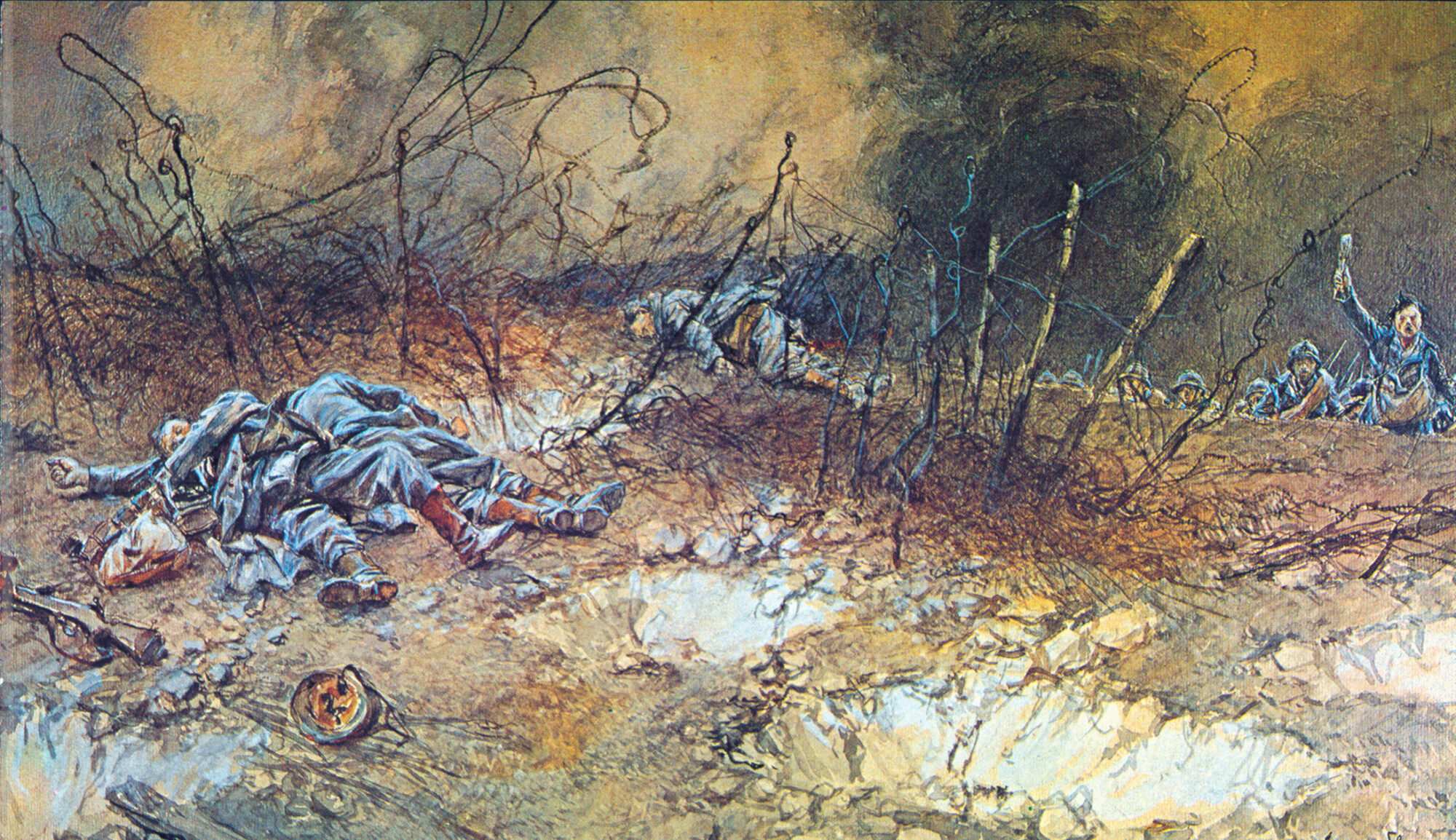
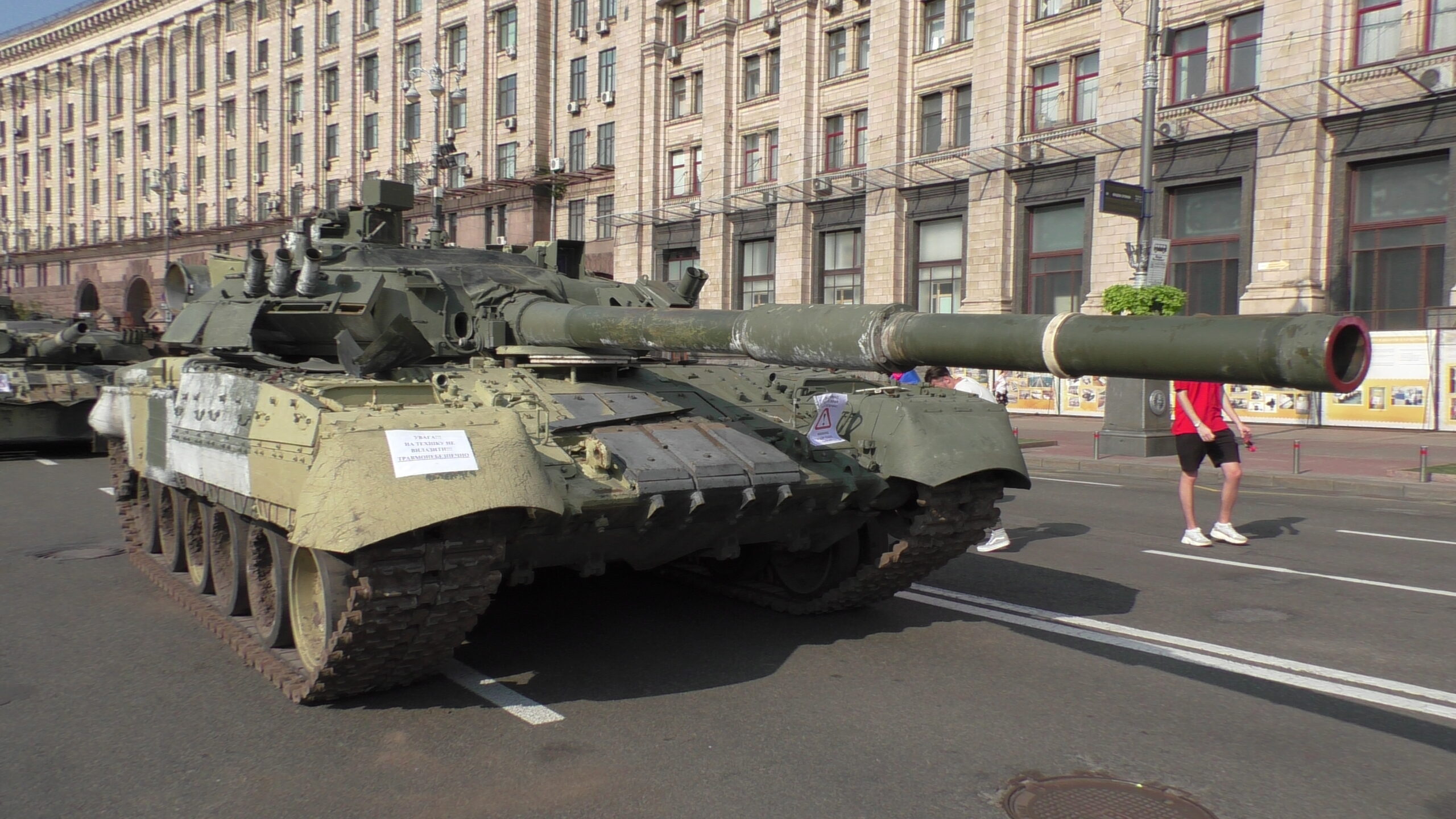
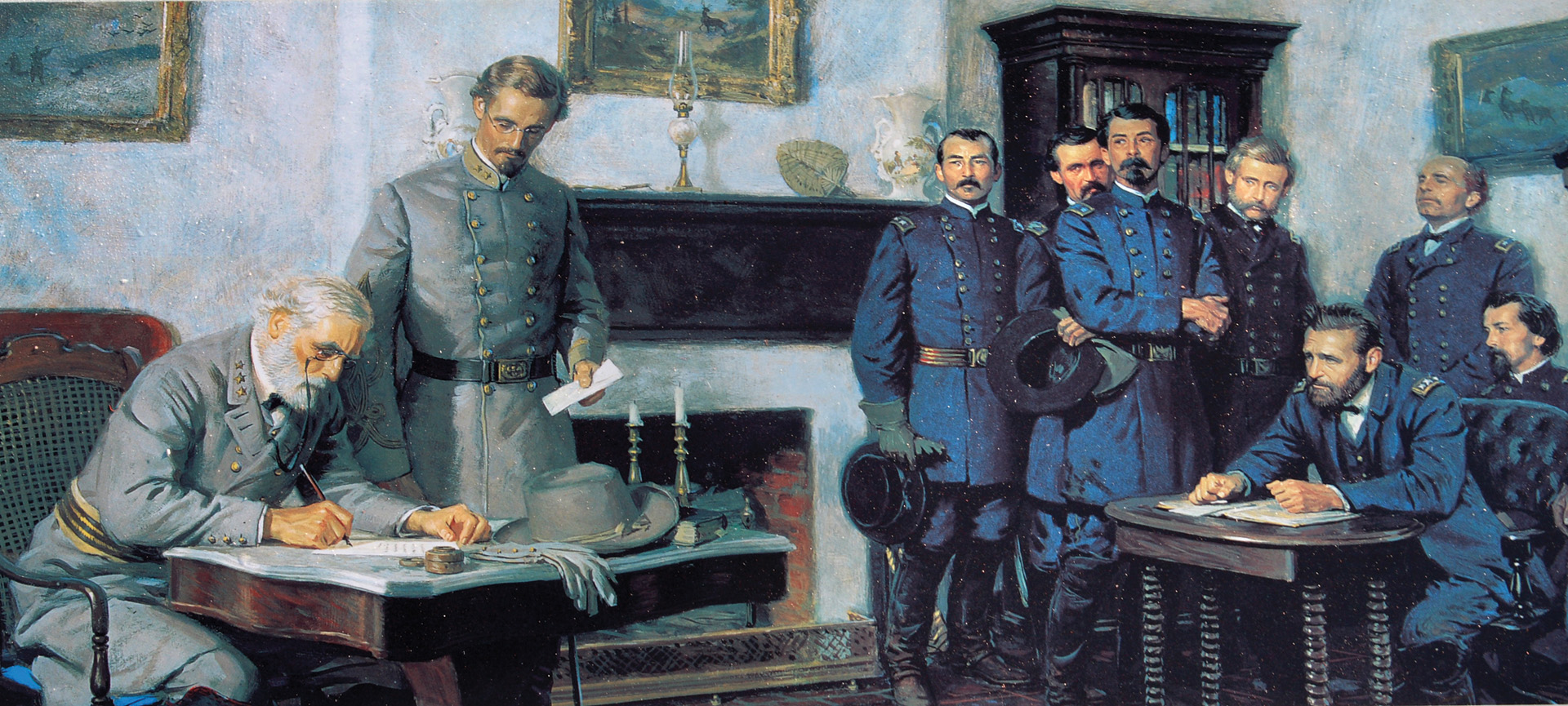
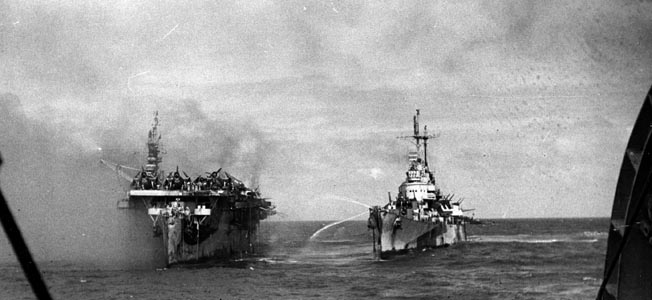
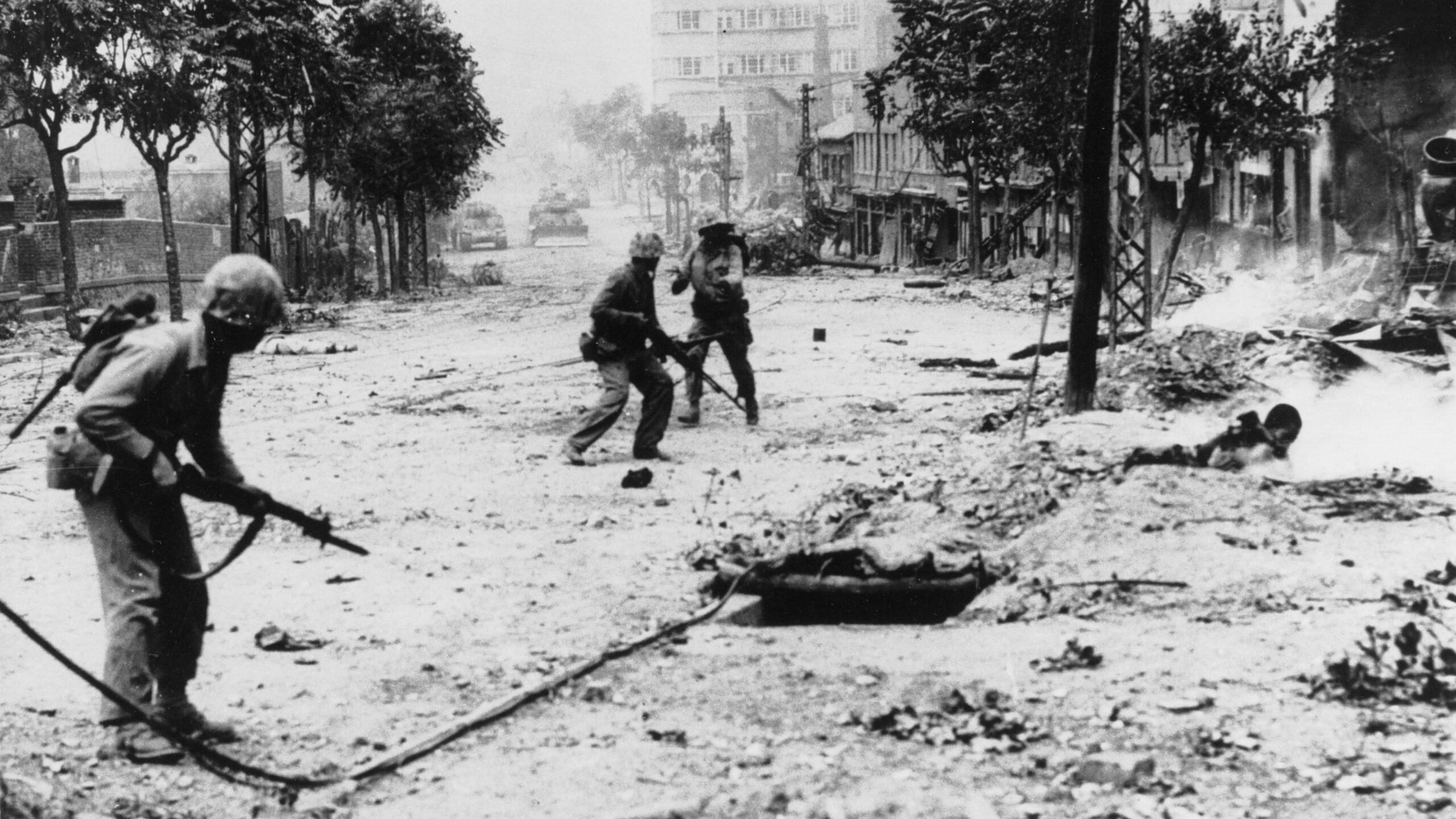
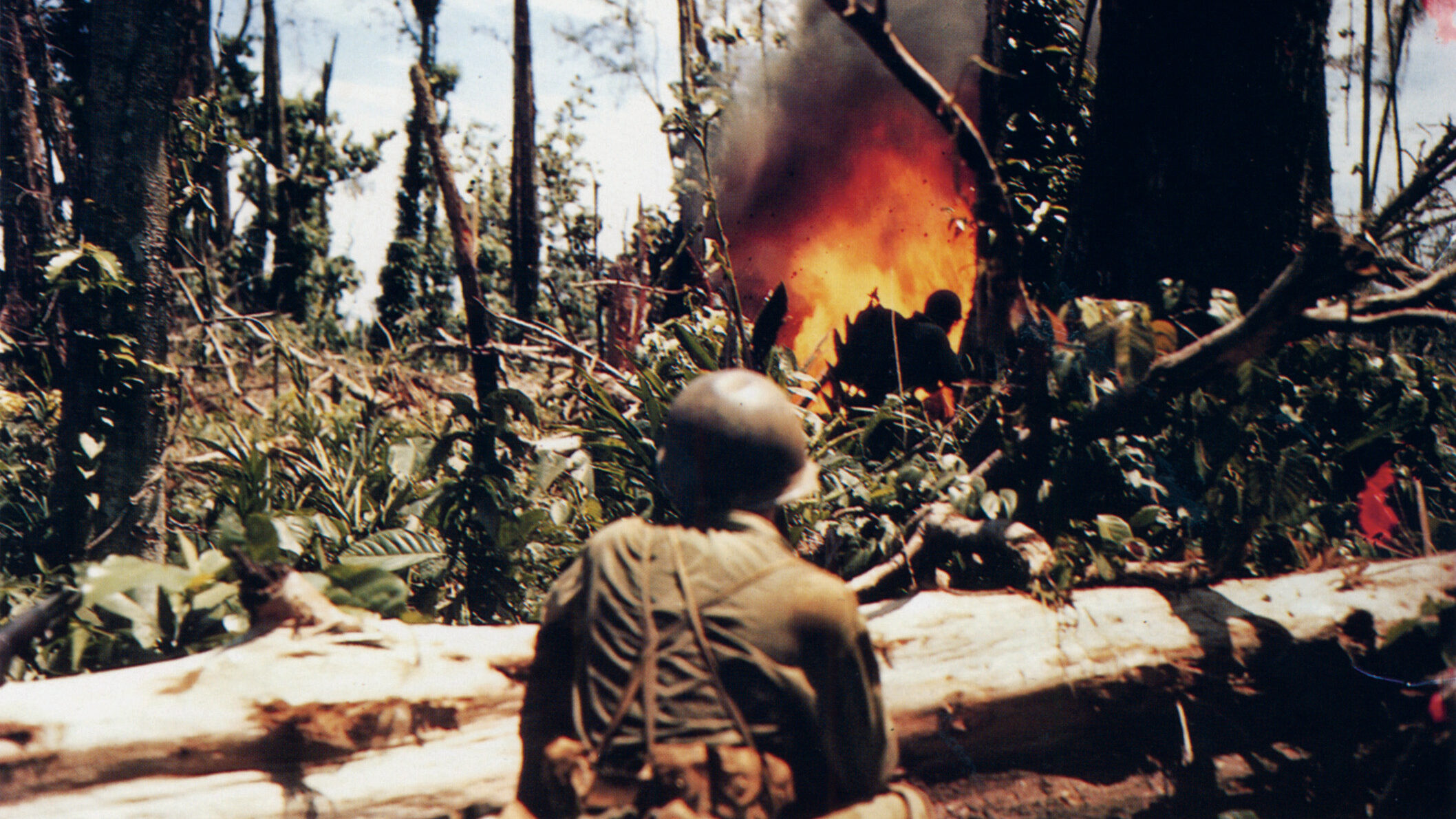
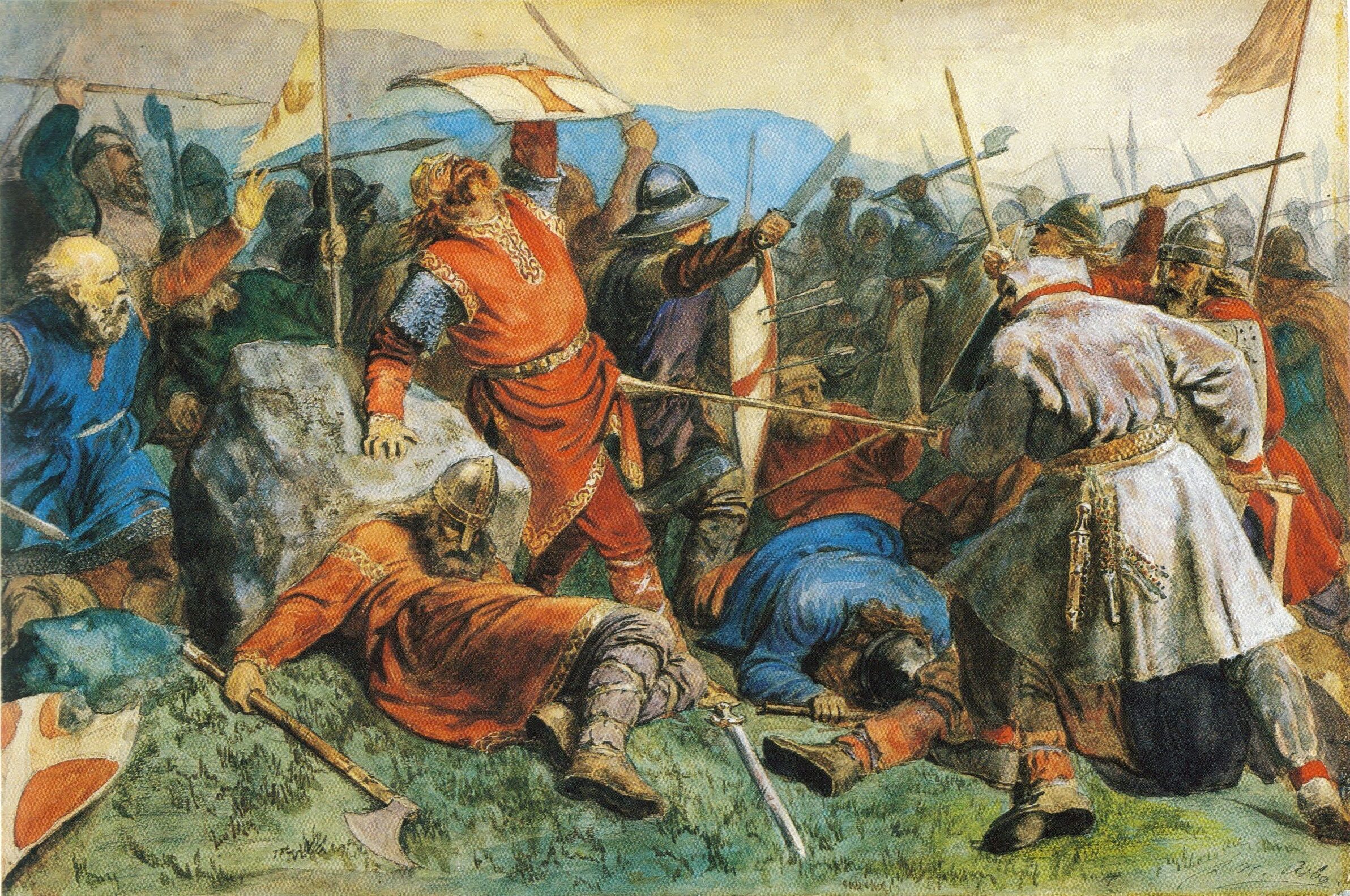
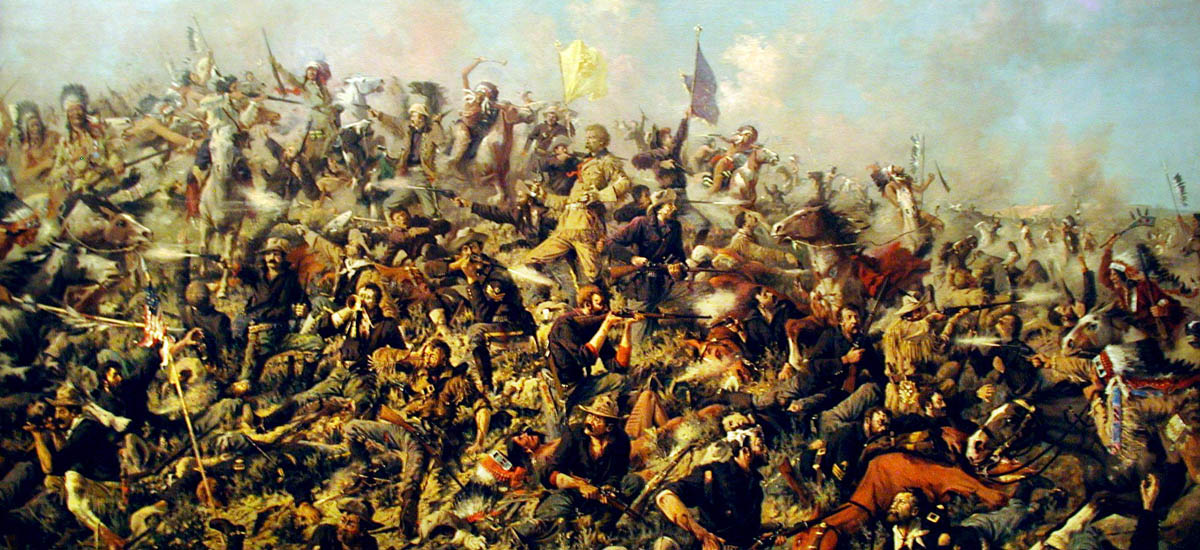
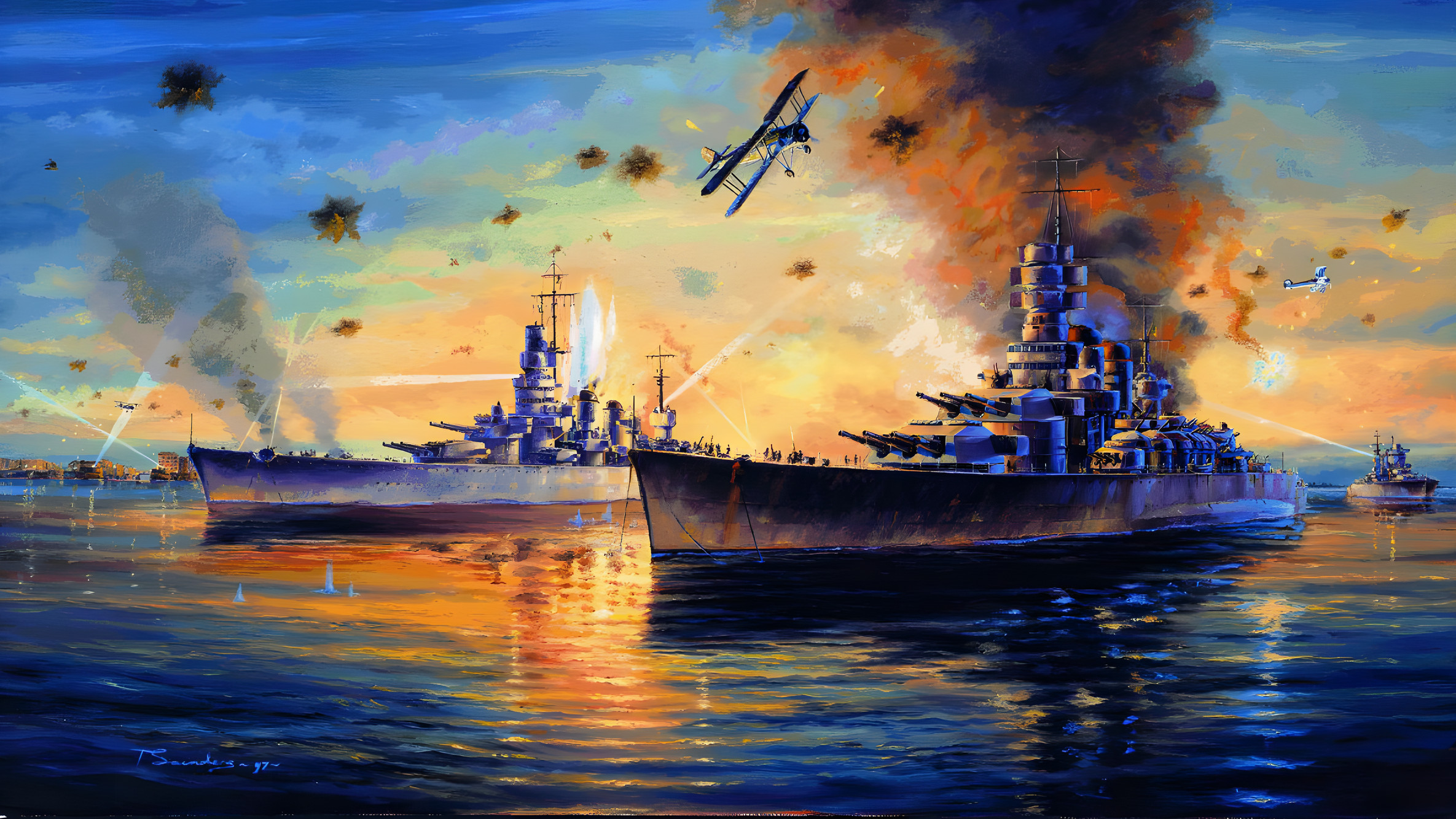
Join The Conversation
Comments
View All Comments